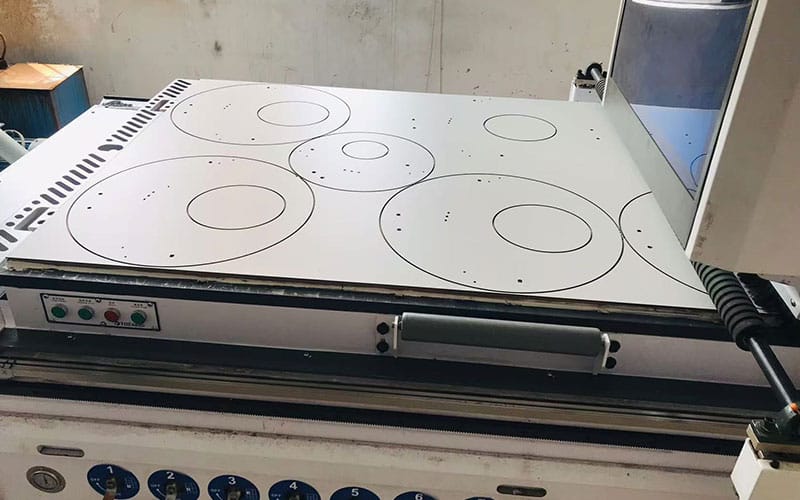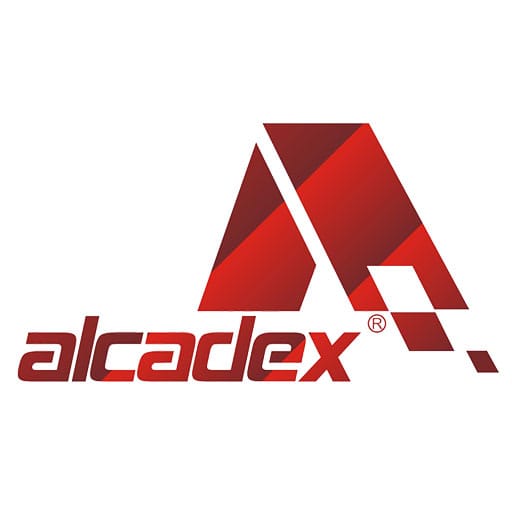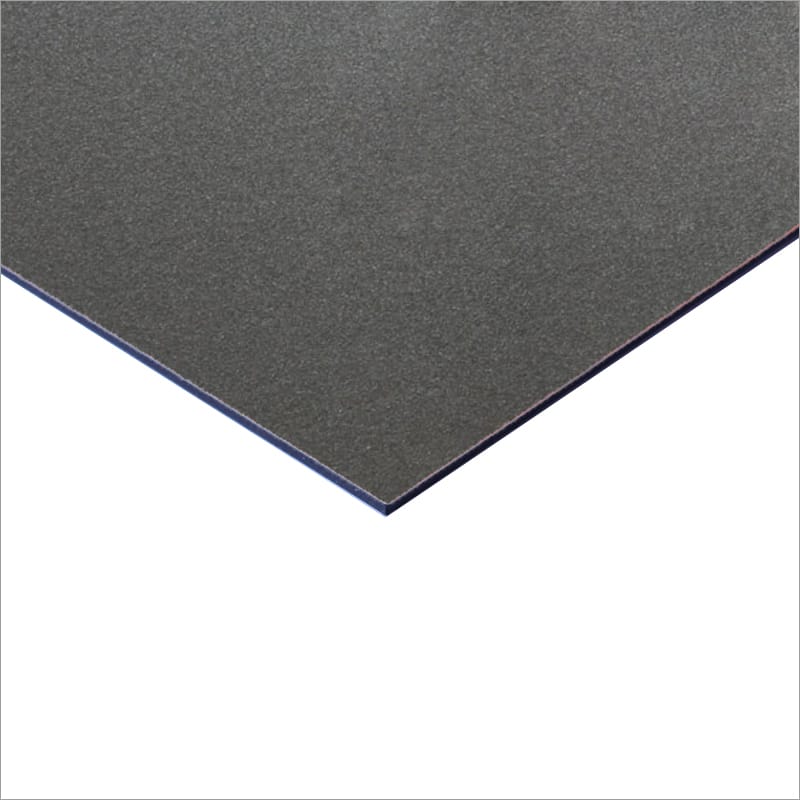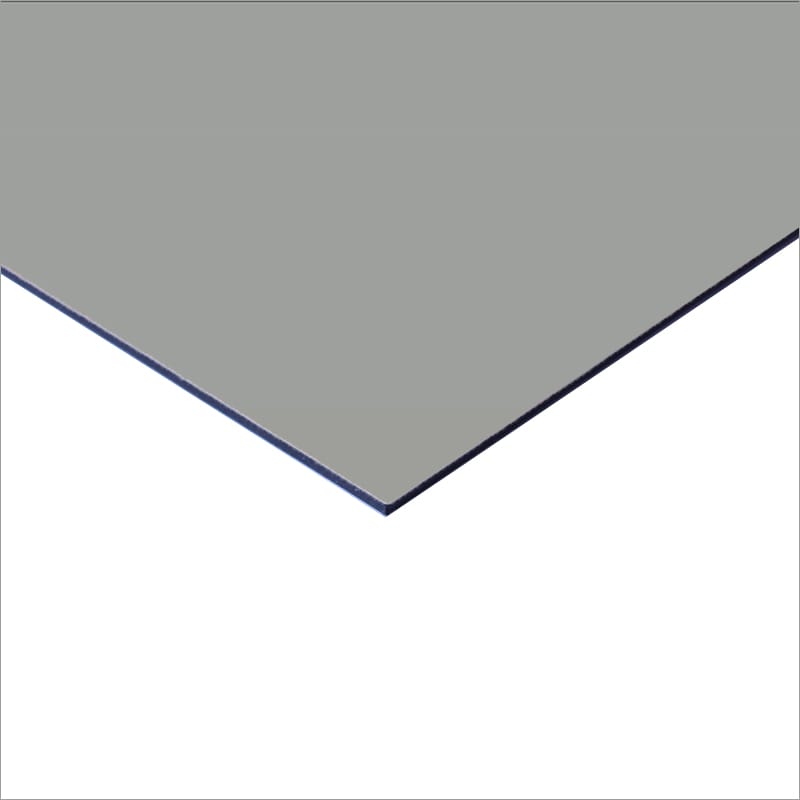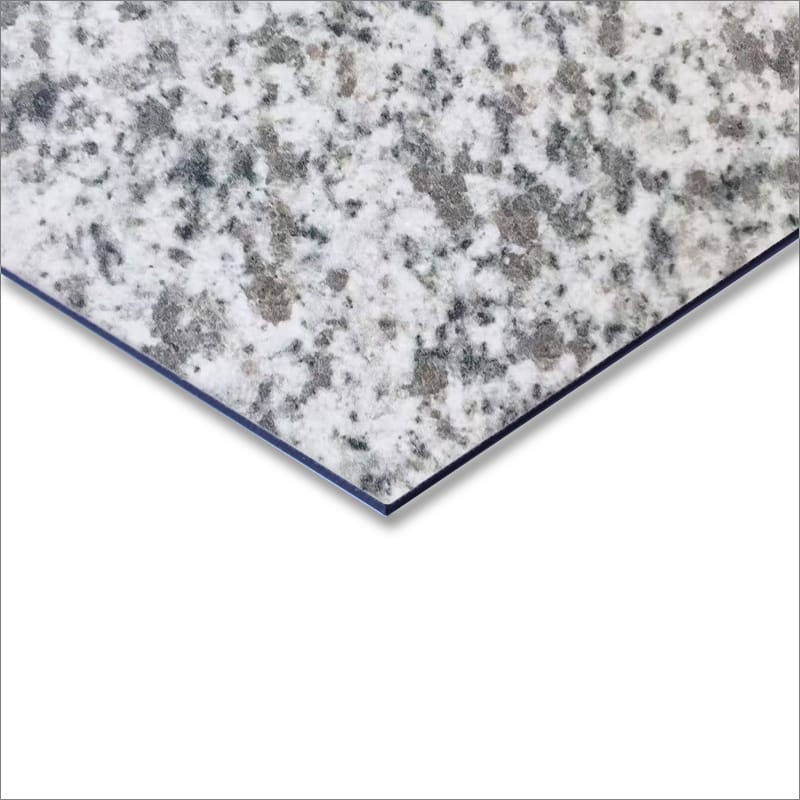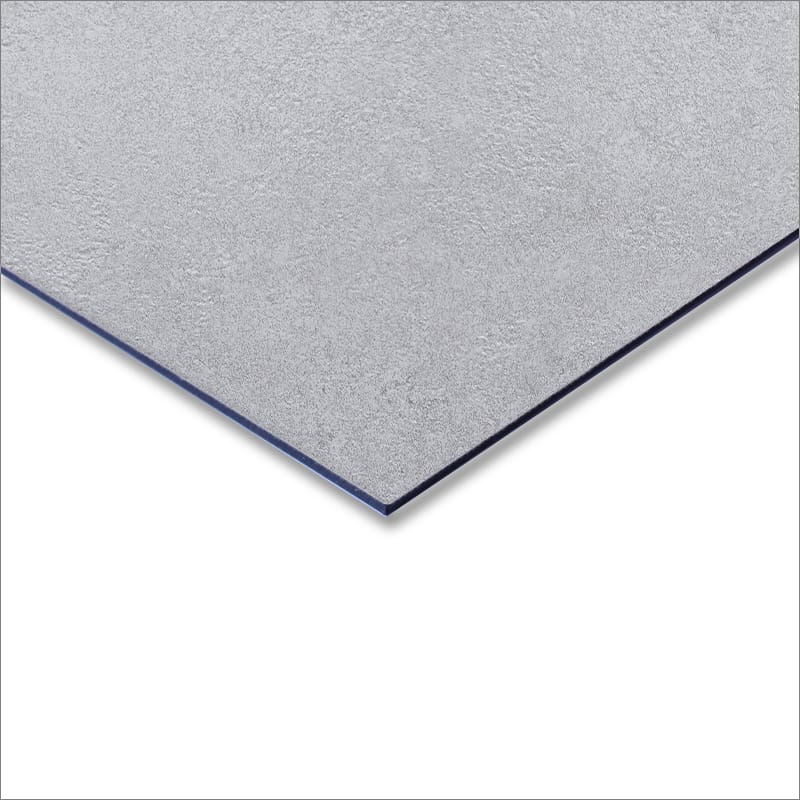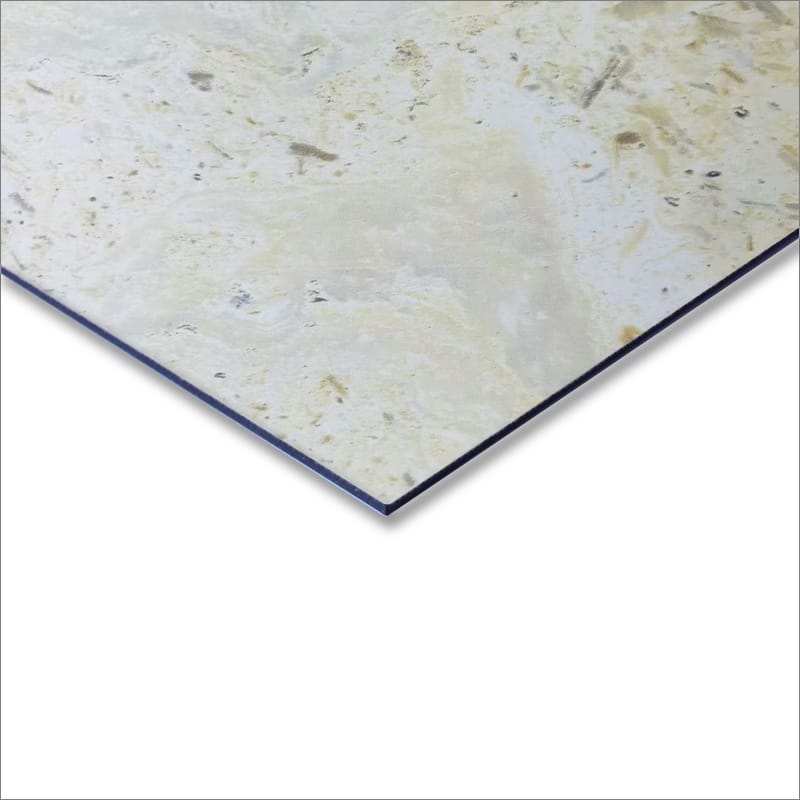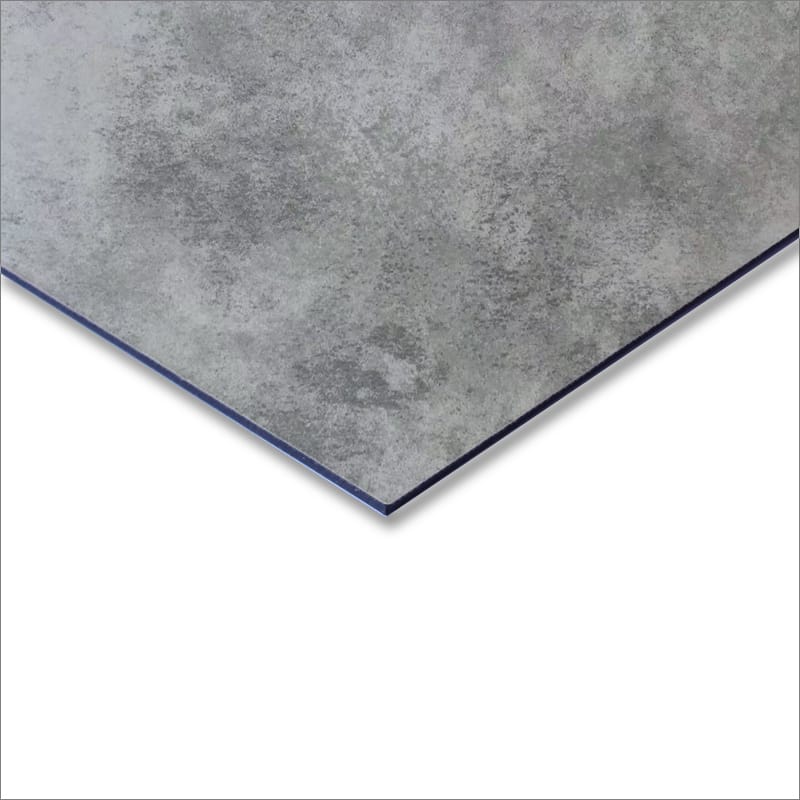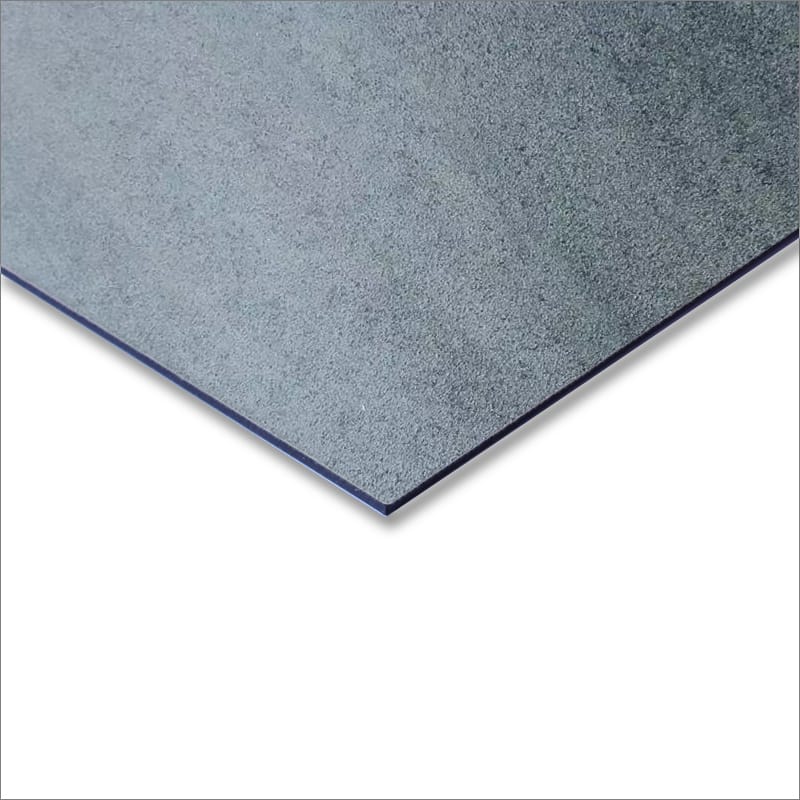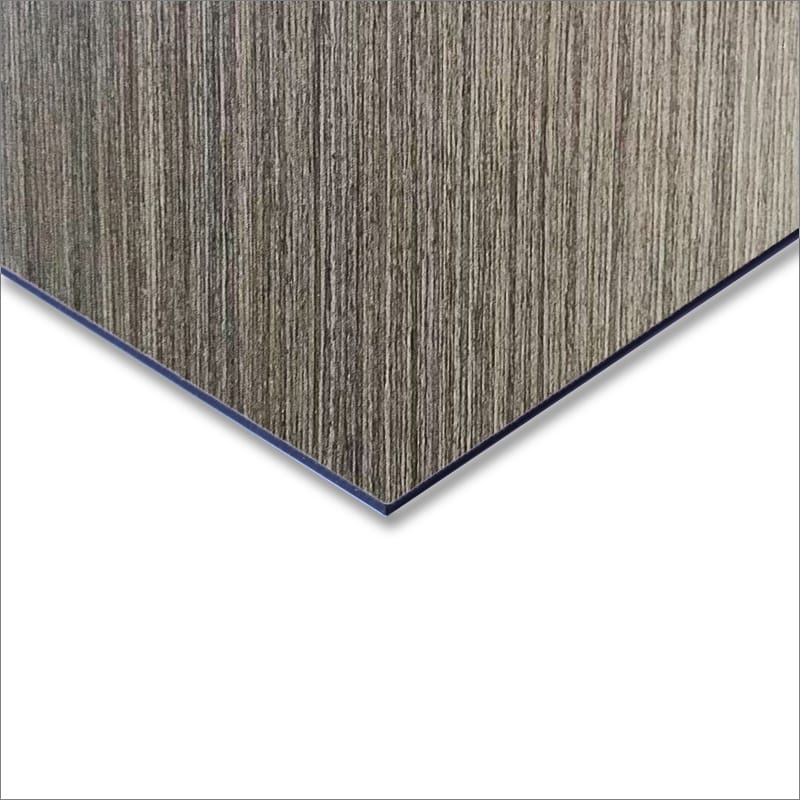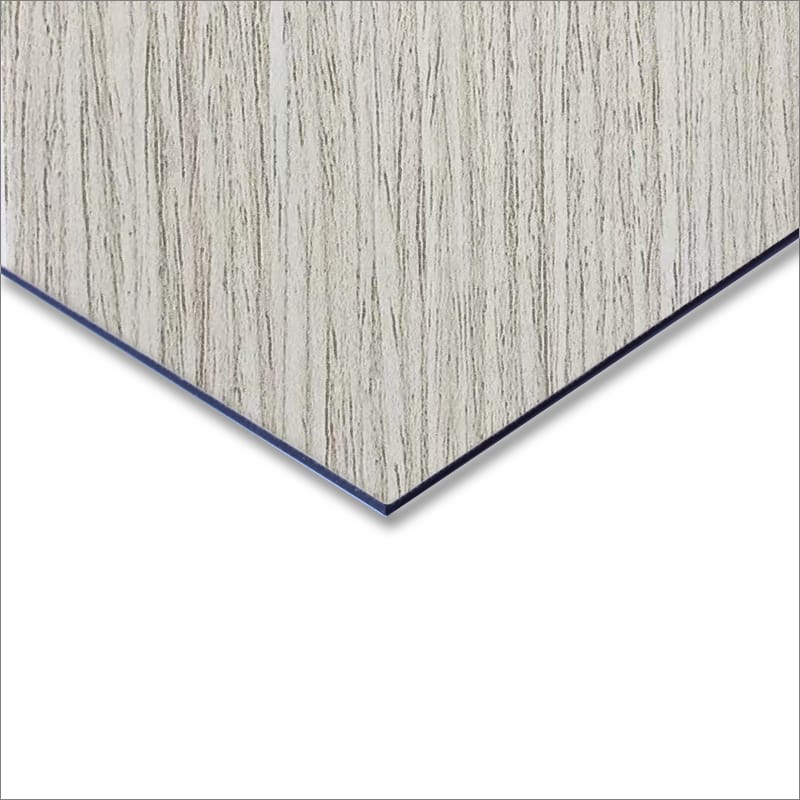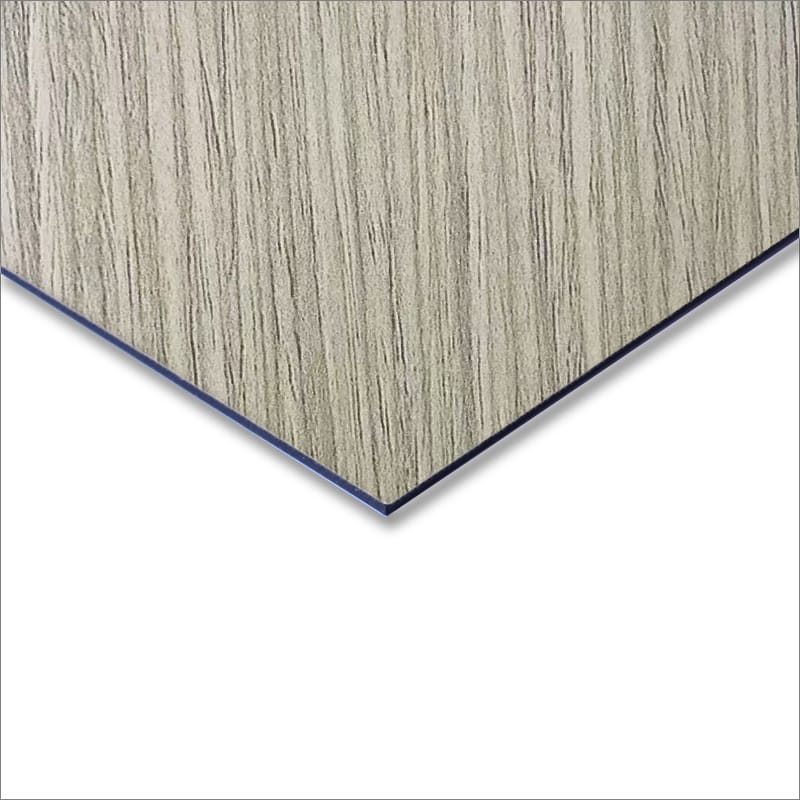Aluminum composite panel(ACP) also known as aluminum composite material (ACM), is a lightweight, durable, and versatile construction material consisting of two thin aluminum sheets composite to a non-aluminum core, typically polyethylene or a mineral-filled material.
ACPs are widely used in various applications due to their aesthetic appeal, ease of installation, and resistance to weather and corrosion.
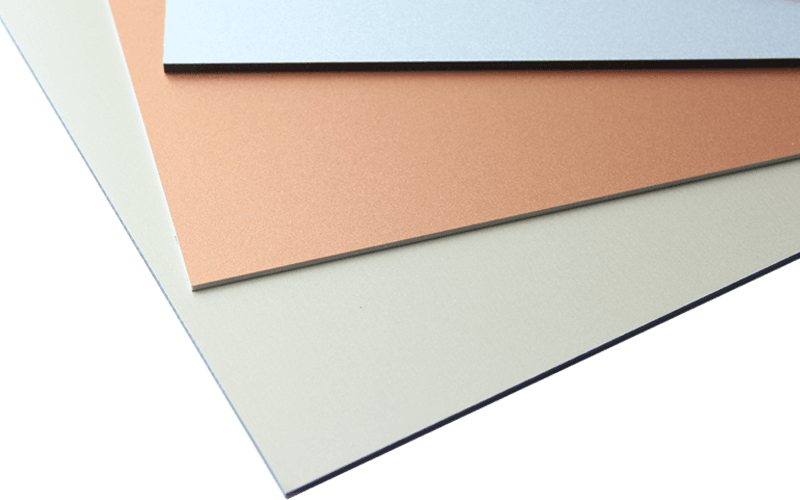
Advantages of our aluminium composite panels
Lightweight
The composite structure makes ACPs significantly lighter than solid aluminum or other cladding materials, facilitating easier handling and installation.
Durability
Aluminum offers good resistance to weather, corrosion, and impact, making ACPs suitable for both interior and exterior applications.
Aesthetic Appeal
ACPs are available in a wide range of colors, finishes, and textures, allowing for diverse design possibilities
Versatility
ACPs can be cut, drilled, glued, screwed, and bent, making them adaptable for various architectural and design needs
Easy Installation
ACPs are relatively easy to install, often requiring specialized tools and techniques depending on the specific application
Long Lifespan
With proper care and maintenance, ACP sheets can have a long service life (40~60 years), reducing the need for frequent replacements.
Innovative Panel Finish Options
At ALCADEX, we offer a diverse selection of colors, finishes, and textures. Furthermore, our colorimetry laboratory enables us to reproduce any RAL or PANTONE color, or create bespoke finishes based on physical samples.
Leveraging our advanced technology in PVDF 70/30 coating application, we ensure uniform coverage and superior adhesion. This guarantees maximum resistance to aging, superior UV protection, and excellent performance throughout the machining and shaping processes of the panel.
Explore how our finishing collections can elevate your projects to unprecedented levels of excellence and distinction.
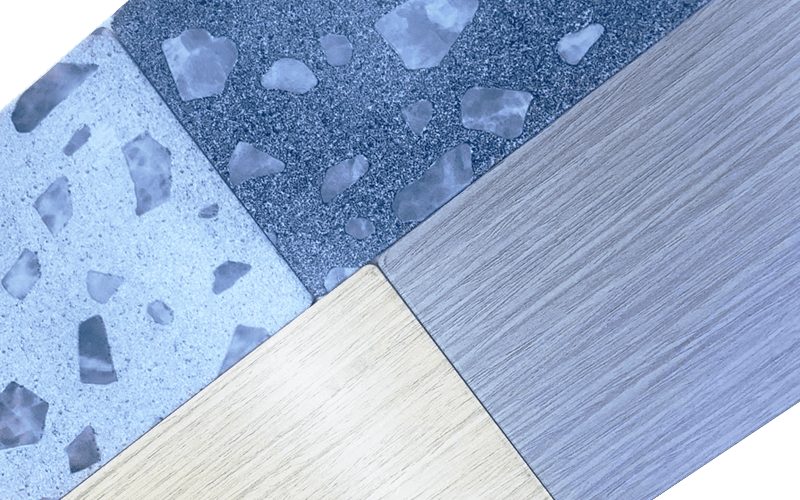
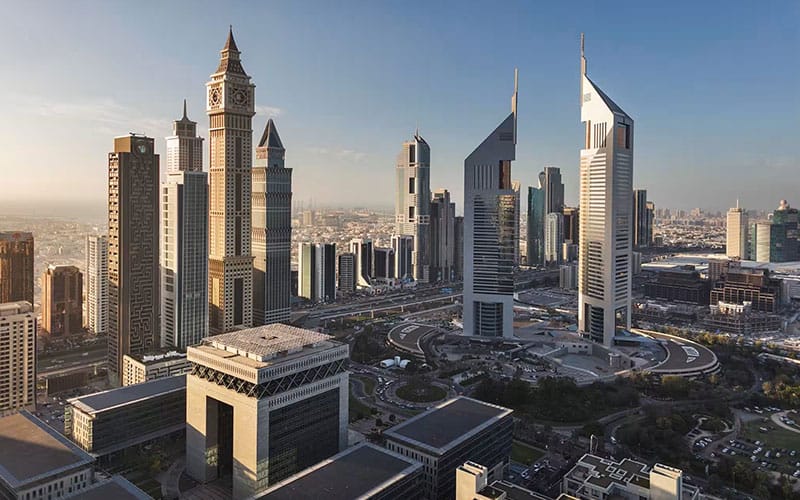
Customized Size for Your Project
Alcadex aluminum composite panels are available in four standard widths: 1220, 1250, 1500, and 1570 millimeters, with a maximum length of 6000 millimeters. We can provide aluminum composite panel solutions in various dimensions, thicknesses, and surface coating treatments according to your project requirements, all aimed at ensuring the perfection of your project.
One Stop Solutions for All The Clients
For wholesale clients, customized processing can be a significant challenge, especially for sign board clients. In addition to wholesale ACP boards, we also offer panel processing services for aluminum panels or aluminum composite sheets. These services include cutting, punching, grooving, CNC machining, and fittings for aluminum composite panels; as well as welding, anodizing, and painting for aluminum sheets.
No matter what processing services you require, we can execute them with precision.
